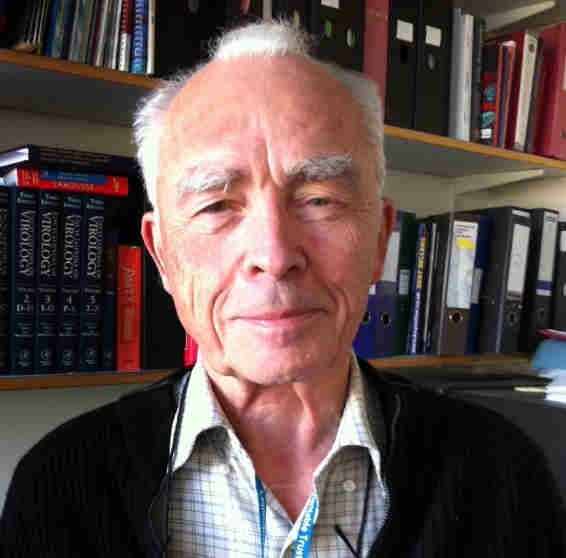Rotaviruses and Rotavirus Vaccines
A special issue of Viruses (ISSN 1999-4915). This special issue belongs to the section "Animal Viruses".
Deadline for manuscript submissions: 15 May 2024 | Viewed by 9042
Special Issue Editors
Interests: molecular biology and epidemiology of rotaviruses and other enteropathogenic RNA viruses (noroviruses, astroviruses)
Special Issue Information
Dear Colleagues,
Rotaviruses are a major cause of acute gastroenteritis in infants and young children and in the young of various mammalian and avian hosts. Although rotavirus-associated morbity and mortality have significantly decreased since the implementation of childhood vaccination programs, vaccine efficacy is still suboptimal in developing countries where vaccines are needed most. The molecular epidemiology of rotaviruses has benefitted from the application of advanced sequencing and bioinformatic techniques. Since 5 years ago, plasmid-only-based reverse genetics systems have been available and produced an enormous boost in both basic and translational research.
The aim of this Special Issue of Viruses is to review and explore recent progress made in the analysis of viral replication, viral diversity, genotype–phenotype assignment, correlates of protection, biotechnology, and the development of alternative candidate vaccines.
Dr. Ulrich Desselberger
Dr. John T. Patton
Guest Editors
Manuscript Submission Information
Manuscripts should be submitted online at www.mdpi.com by registering and logging in to this website. Once you are registered, click here to go to the submission form. Manuscripts can be submitted until the deadline. All submissions that pass pre-check are peer-reviewed. Accepted papers will be published continuously in the journal (as soon as accepted) and will be listed together on the special issue website. Research articles, review articles as well as short communications are invited. For planned papers, a title and short abstract (about 100 words) can be sent to the Editorial Office for announcement on this website.
Submitted manuscripts should not have been published previously, nor be under consideration for publication elsewhere (except conference proceedings papers). All manuscripts are thoroughly refereed through a single-blind peer-review process. A guide for authors and other relevant information for submission of manuscripts is available on the Instructions for Authors page. Viruses is an international peer-reviewed open access monthly journal published by MDPI.
Please visit the Instructions for Authors page before submitting a manuscript. The Article Processing Charge (APC) for publication in this open access journal is 2600 CHF (Swiss Francs). Submitted papers should be well formatted and use good English. Authors may use MDPI's English editing service prior to publication or during author revisions.
Keywords
- rotaviruses
- molecular biology
- reverse genetics
- molecular epidemiology
- vaccine development







